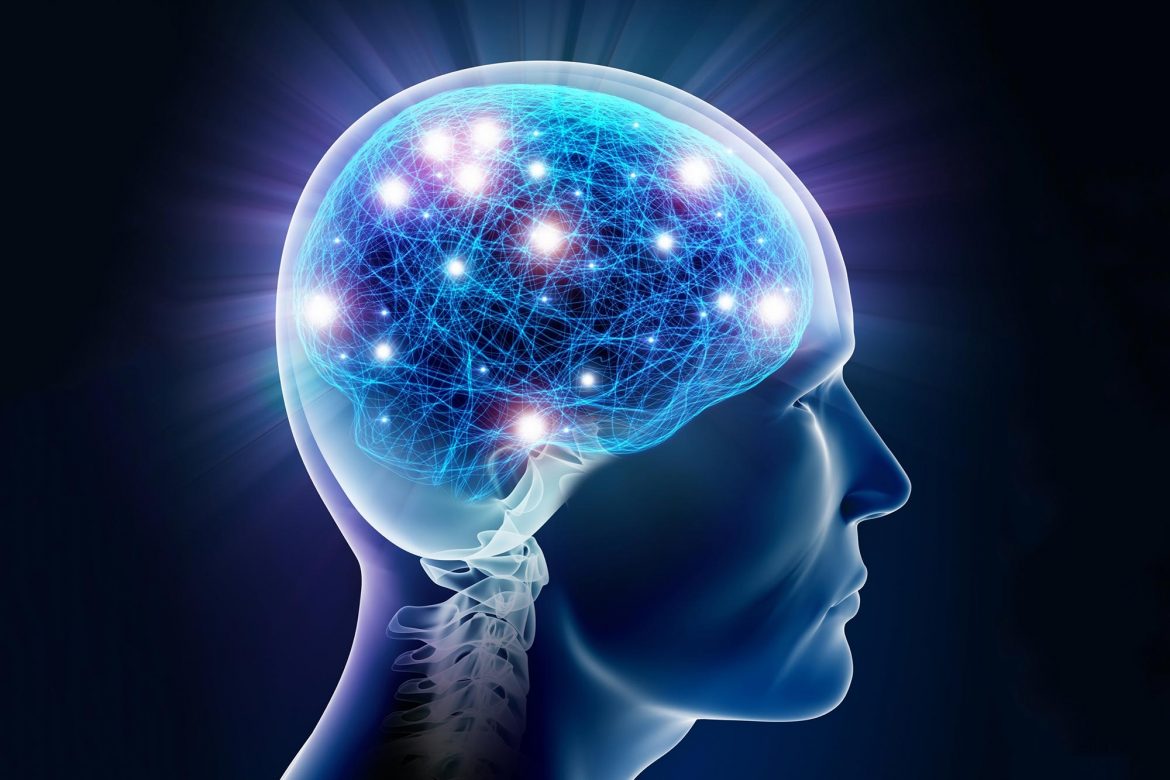Scientists have uncovered a relationship between Alzheimer’s disease risk and sleep disruption, which may benefit in early diagnosis and prevention efforts by discovering potential therapeutic targets at the preclinical stage.
Brain inflammation, sleep disruption, and disturbed brain waves have all been linked to Alzheimer’s disease, but the connections between them have never been studied. The study, which was published today in the journal Sleep, looked at whether inflammation had any influence on rapid sleep spindles, which have been proven to increase long-term memory retention.
“Our findings indicate that age-related increases in brain inflammation have a downstream effect on Alzheimer’s disease-related tau proteins and neuronal synaptic integrity. This results in deficits in the brain’s capacity to generate fast sleep spindles, which contribute to age-related memory impairment in older adults. Discovering these mechanisms is an important step in identifying at-risk individuals as early as possible and developing targeted interventions,” said Bryce Mander, Ph.D., UCI assistant professor of psychiatry & human behavior and the study’s lead and co-corresponding author.
Chronic activation of the brain’s immune cells, known as “glial cells,” rises with age, increasing the creation of beta-amyloid and tau proteins, which are hallmarks of Alzheimer’s disease. Separately, sleep disruption has been related to Alzheimer’s disease pathology in the brain, and studies have also found a relationship between sleep disruption and inflammation.
Fast sleep spindles that are selectively interrupted have been observed in normal ageing as well as preclinical phases of Alzheimer’s disease, but it is unclear what causes this and what it signifies for memory impairment in older at-risk persons.
The University of Wisconsin-Madison assessed 58 cognitively unimpaired people in their 50s and 60s for the research. None of them had beta-amyloid plaques or neurofibrillary tau tangles, despite having a family history of Alzheimer’s or a genetic risk factor for it.
Overnight sleep was recorded using high-density electroencephalography to capture brain wave expression during sleep, and memory retention was evaluated. Participants also had a lumbar puncture to look for indicators of central nervous system inflammation, beta-amyloid and tau proteins, and neuronal integrity in their cerebrospinal fluid.
Also Read: Brain neurons function even during sleep
The researchers utilised statistical analyses to determine if the effect of age on rapid sleep spindles was mediated by Alzheimer’s-related proteins. Researchers discovered that activation of two kinds of glial cells, microglia and astrocytes, which cause brain inflammation, was linked to a disruption in the development of rapid sleep spindles.
The fact that these associations were discovered in persons who had neither beta-amyloid plaques or neurofibrillary tangles suggests that sleep difficulties and inflammation may be among the first symptoms of Alzheimer’s disease.
“We don’t yet know whether anyone in this study will develop Alzheimer’s disease dementia, but one of the reasons that our studies enroll participants in midlife is so that we can potentially detect problems before people develop disease symptoms,” said co-author Barbara Bendlin, Ph.D., professor of medicine at the University of Wisconsin-Madison.
“These findings show that the effects of brain inflammation on sleep spindles and memory occur through its effects on neuronal activity and Alzheimer’s disease-related proteins and are apparent even before pathological positivity,” said Dr. Ruth Benca, the study’s senior and co-corresponding author and Wake Forest professor and chair of psychiatry and behavioral medicine. “This offers a promising therapeutic target to stop cognitive decline associated with aging and Alzheimer’s.”

